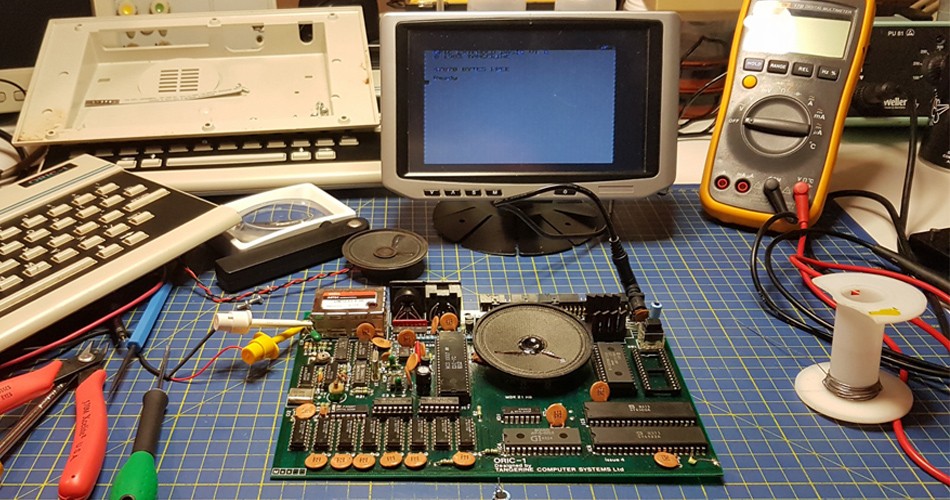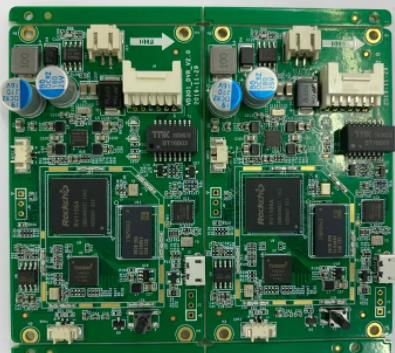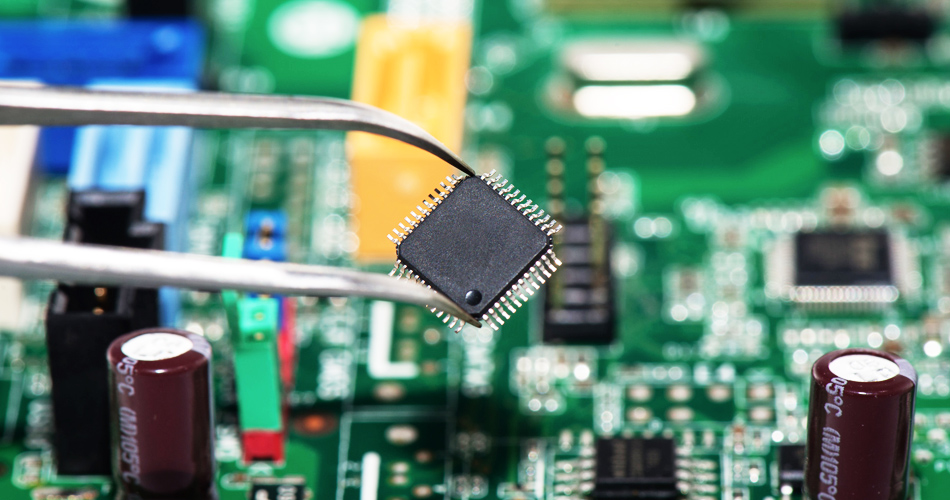
Why did the components on the PCBA board fail for no reason?
Sometimes the components on the PCBA board fail because they are "dead". Sometimes there is pressure but it is not obvious, so it seems that they fail for no reason, but we have not found the reason.
The "death of a device" is a cumulative decay effect that originates from physical or chemical changes.
As we all know, electrolytic capacitors and some types of film capacitors are "doomed" because their dielectrics will undergo chemical reactions under the combined action of trace impurities (oxygen, etc.) and electrical pressure.
The structure of integrated circuit follows Moore's Law and becomes smaller and smaller. The risk of device failure in decades (rather than hundreds of years) due to the migration of dopants at normal operating temperature is increasing. In addition, the fatigue caused by magnetostriction will lead to mechanical fatigue of the inductor, which is a well-known effect. Some types of resistive materials will slowly oxidize in the air, and the rate of oxidation will increase as the air becomes more humid. Similarly, no one expects the battery to last forever.

Therefore, when selecting devices, it is necessary to understand their structures and possible aging related failure mechanisms; These mechanisms may be affected even when devices are used under ideal conditions. Failure mechanisms will not be discussed in detail in this article, but most reputable manufacturers will pay attention to the aging phenomenon of their products and are usually familiar with the working life and potential failure mechanisms. Many system manufacturers have provided information on the safe working life of their products and their limiting mechanisms.
However, under proper working conditions, the life expectancy of most electronic devices can reach tens of years or even longer, but some will still fail prematurely. The reason is often the pressure of not being noticed.
Anyone who designs electronic products for use in the marine environment will consider salt fog and humidity - this is natural, because they are too terrible! In fact, many electronic devices may encounter chemical challenges that are not so terrible but may still cause harm.
Human (and animal) respiration contains moisture and is slightly acidic. The kitchen and other home environments contain all kinds of mild corrosive smoke, such as bleach, disinfectant, cooking smoke, oil and alcohol. All these smoke are not very harmful, but we should not take it for granted that our circuits will be "safe for life" under the conditions of sound protection. Designers must consider the environmental challenges that circuits will encounter, and should minimize any potential hazards through design when economically feasible.
Electrostatic damage (ESD) is a stress mechanism, and warnings related to it are the most common, but we often turn a blind eye to it.
During PCB production, the factory will take adequate measures to eliminate ESD in the manufacturing process, but after delivery, many PCBs are used in systems that do not have adequate protection measures against ESD caused by general operations. It is not difficult to do a good job of adequate protection, but it will add a little cost, so it is often ignored. (It may be because of the recession). In the extreme case of normal use, it should be a part of all designs to evaluate what ESD protection system electronic components need and consider how to achieve it.
Another factor is overpressure. Few people require that the semiconductor or capacitor is safe even if it is subjected to significant overvoltage, but it is common for large resistance to encounter a voltage far greater than the absolute maximum value listed in the data manual. The problem is that although its resistance value is high enough not to become hot, small arcs may be generated inside, causing it to drift slowly away from the specification and eventually short circuit. Large winding resistance usually has a breakdown voltage of hundreds of volts. Therefore, this problem was not common in the past, but now small surface mounted resistors are widely used. Their breakdown voltage may be lower than 30 V, which is quite vulnerable to overvoltage.
High currents can also cause problems. Everyone is familiar with ordinary fuse - it is a section of wire. If excessive current flows through it, it will become hot and fuse, thus preventing short circuit of power supply and other similar problems. However, if there is a very high current density in a very small conductor, the conductor may not become very hot, but may eventually fail.
The reason is the so-called electromigration 3 (sometimes referred to as ion migration). That is, the momentum transfer between the conducting electrons and the diffusing metal atoms causes the ions in the conductor to gradually move, causing the material transport effect. This makes the thin conductor carrying large DC current become thinner and thinner as time goes by, and eventually become invalid.
But some parts will fail like fuses, that is, they will blow, such as the conductive wires on the wires or semiconductor chips. A common reason for this phenomenon is that the capacitor charging current is too large. Consider a 1 µ F capacitor with an ESR of 1 Ω. If it is connected to a 110 V, 60 Hz AC power supply, an AC current of about 41 mA will flow through it. However, if the AC power supply is connected when the voltage is at the maximum value (110 √ 2=155.6 V), only the ESR will limit the current, and the peak current will reach 155.6 A, although its duration is less than 1 μ s. It is also enough to damage many small signal semiconductor devices.
Repeated surges may damage capacitors themselves, especially electrolytic capacitors. This is a particularly common failure mechanism in low-cost low-voltage switching power supplies ("wall power adapters") used to charge small electronic devices. If it is inserted at the wrong time of an AC cycle, the rectifier and capacitor will carry very large surge current. If this happens many times, the device may be damaged eventually. A small resistance connected in series with the rectifier can limit this surge current and minimize the problem.
If we are lucky, ESD or over-voltage/over-current events will immediately damage the device, so it is easy to know the problem. But more often, the damage caused by pressure leads to device failure, and the pressure that caused the failure at the beginning has long disappeared. It is very difficult, even impossible, to diagnose the cause of such failure.
No matter what circuit board is designed, it is necessary to consider the working life and failure mechanism of the devices used, as well as whether there are any potential problems or pressure sources that may cause damage to the devices under the most extreme allowable service conditions. Any such issues should be considered and minimized in the final design as far as possible.







